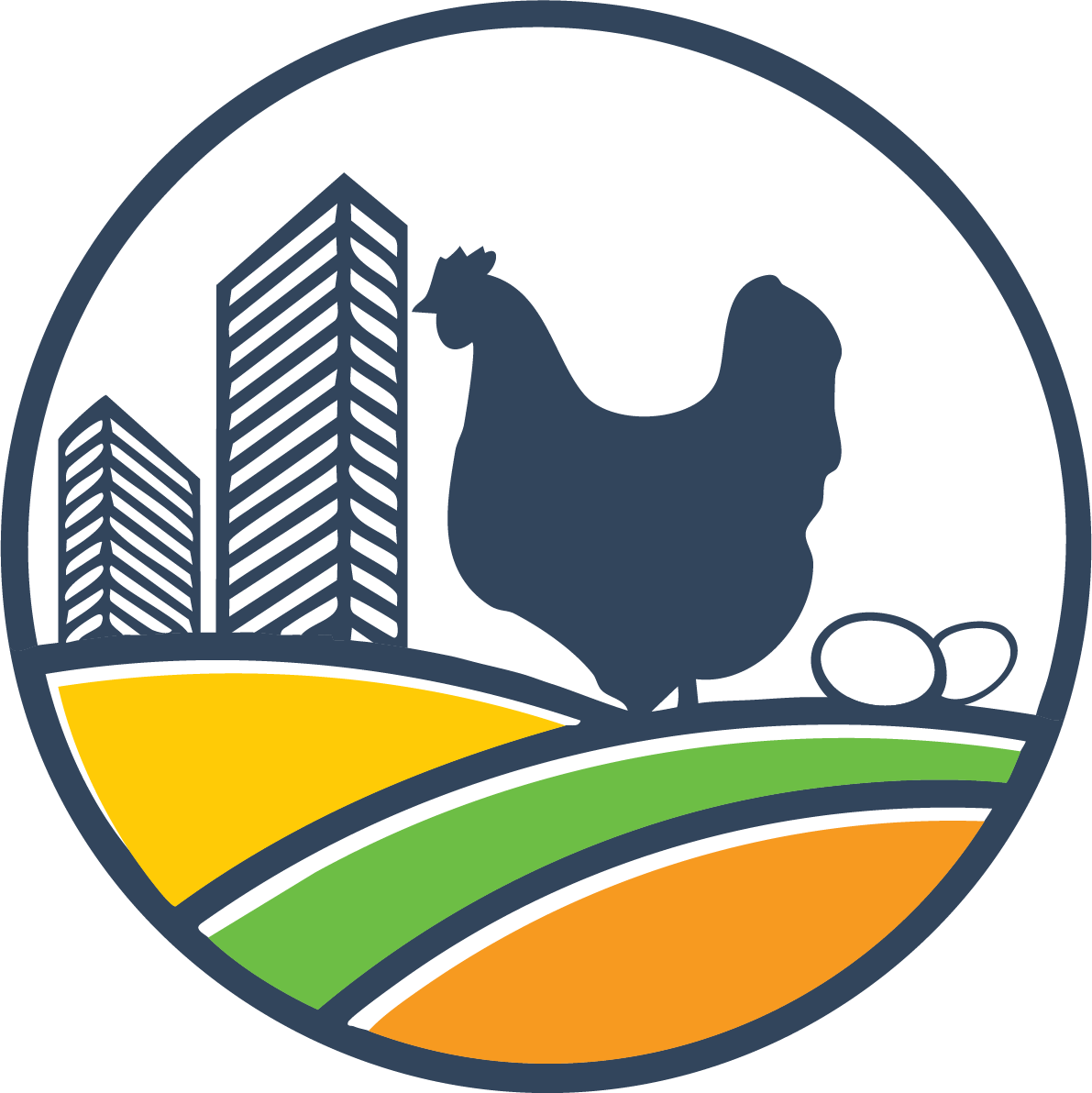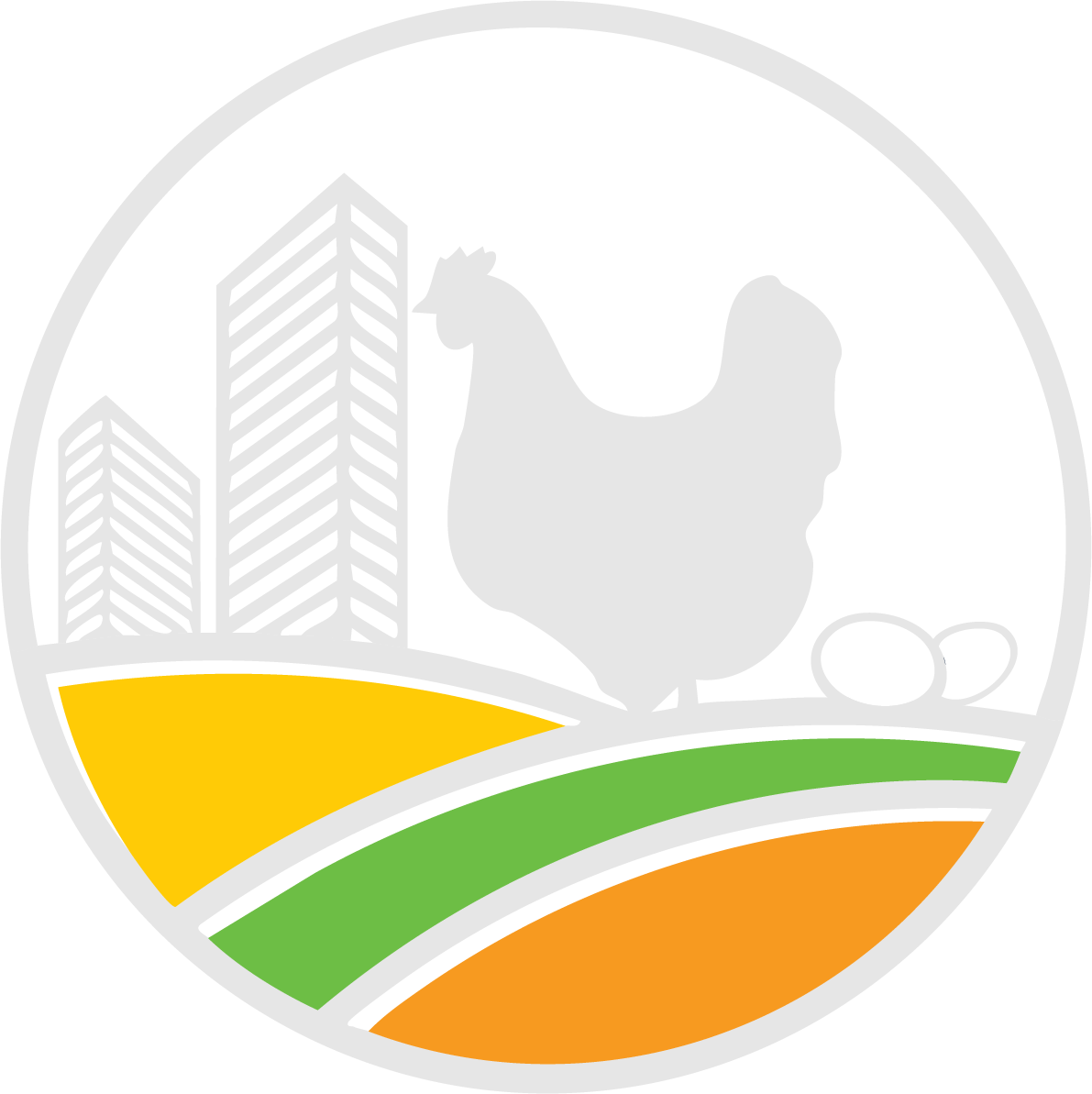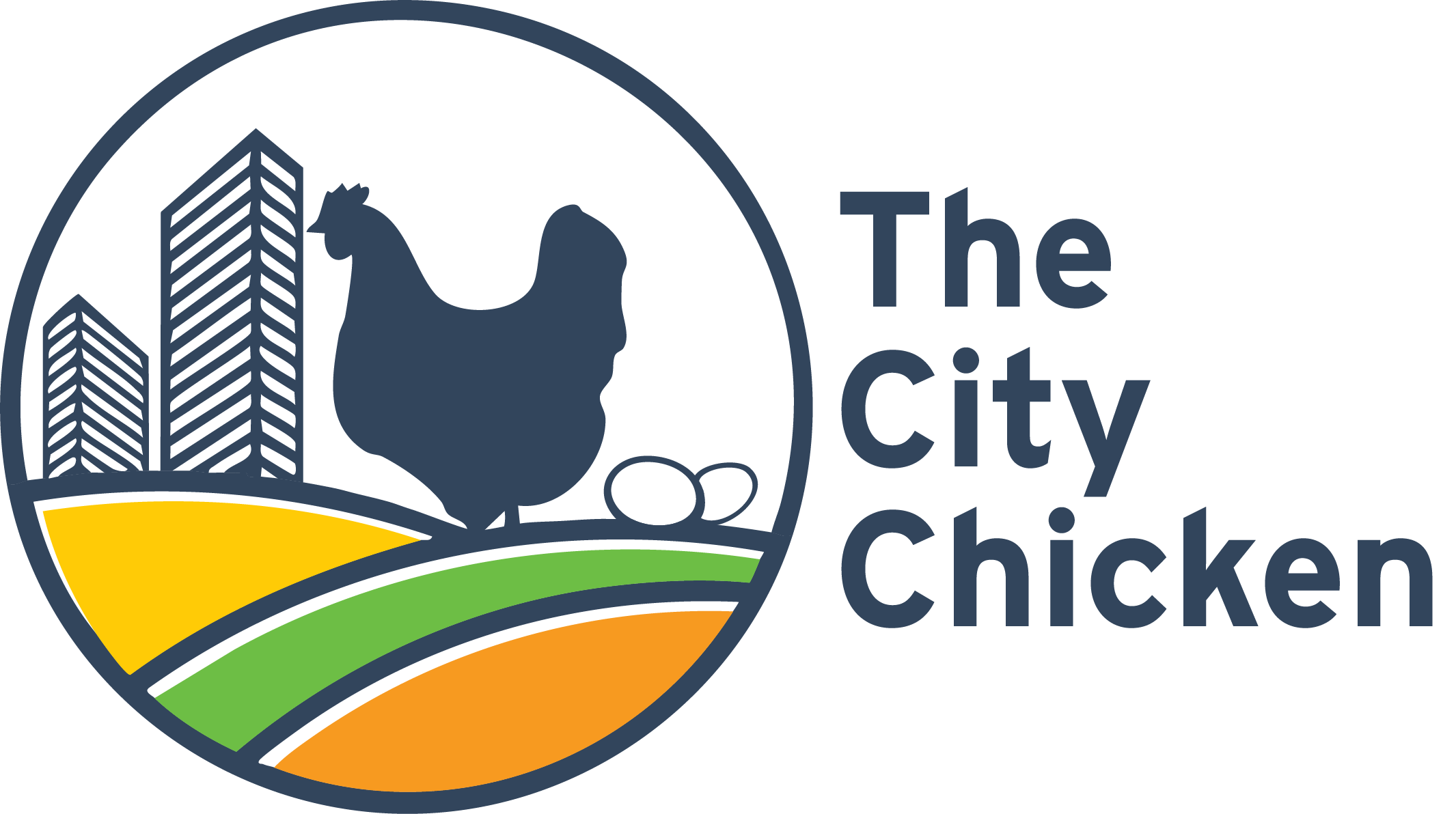Chicken Tractors: The Ultimate Guide to Building Your Own Mobile Coop

Chicken tractors are mobile chicken homes that can be moved around your yard. this gives them fresh area to gaze while keeping them protected and enclosed. Chicken tractors have gained popularity among poultry enthusiasts for their versatility and practicality. They offer a cost-effective solution for raising chickens, whether for laying eggs or producing meat. In this comprehensive guide, we’ll explore everything you need to know about chicken tractors, from their uses and benefits to how to build one, materials, and more. Let’s get started on your journey to creating the perfect mobile coop for your feathered friends
In This Article:
1. **What Are Chicken Tractors and Their Uses?**
– Introduction to chicken tractors
– Benefits of using chicken tractors for your poultry
2. **How to Build a Chicken Tractor: Step-by-Step Guide**
– Necessary tools and materials
– Design considerations
– Building tips and techniques
– Safety measures
3. **Where to Get Materials for Your Chicken Tractor**
– Local suppliers and hardware stores
– Online sources for affordable materials
– Upcycling and repurposing materials
4. **Chicken Tractors for Laying Hens or Meat Birds**
– Customizing your chicken tractor based on your poultry goals
– Considerations for egg-laying hens and meat birds
– Ventilation and nesting boxes
5. **Predator Protection for Your Chickens**
– Strategies to keep your flock safe
– Adding predator-proof features to your chicken tractor
6. **Making Your Chicken Tractor Mobile with Adjustable Wheels**
– Why mobility matters
– Adding wheels to your chicken tractor
– Recommended wheel types
7. **Cost of Building a Chicken Tractor**
– Breakdown of expenses
– Ways to save on costs
– Budget-friendly DIY options
8. **Building a Chicken Tractor for Cheap: Cost-Effective DIY Methods**
– Using reclaimed or low-cost materials
– Simple design ideas for budget-conscious builders
9. **Utilizing PVC in Your Chicken Tractor**
– Benefits of PVC in construction
– Incorporating PVC into your chicken tractor design
10. **Moving Your Chicken Tractor for Grazing on Hillsides**
– The advantages of hillside grazing
– Strategies for safe and effective hillside mobility
11. **Hoop Houses Design for Chicken Tractors**
– Overview of hoop house construction
– Adding hoop features for climate control
12. **Chicken Tractor Building Material List**
– Detailed list of materials needed
– Suggested quantities and sizes
13. **Chicken Tractor Plans and Diagram**
– Step-by-step plans and dimensions for your chicken tractor
– Illustrated diagram for a visual reference
By the time you finish reading this guide, you’ll be well-equipped to build your own chicken tractor, customized to your specific needs and preferences. Whether you’re raising laying hens or meat birds, focusing on affordability, or seeking mobility on hilly terrain, a well-constructed chicken tractor can be a valuable asset for your poultry operation. With this knowledge, you can embark on your DIY journey to create a safe, comfortable, and productive space for your feathered friends.
What’s a Chicken Tractor Anyway?
Imagine a mobile chicken coop that’s like a luxury hotel on wheels for your cluckers. This ingenious creation is known as a chicken tractor, and it’s far from a vehicle operated by chickens (though that would be a sight to behold!). A chicken tractor is essentially a portable chicken coop designed to provide your feathered friends with a safe and snug space. It’s a bit like an RV for chickens, allowing them to roost, lay eggs, and graze on fresh pastures. This mobility means they can enjoy a smorgasbord of bugs, weeds, and the great outdoors while staying protected from predators. In essence, a chicken tractor is your answer to healthier, happier hens and an innovative solution for the poultry enthusiast. So, it’s not just a coop; it’s your cluckers’ roving retreat.
How Do I Build A Chicken Tractor?
Building a chicken tractor is a rewarding DIY project that allows you to create a safe and mobile coop for your feathered friends. Here’s a step-by-step guide to get you started:
**Step 1: Gather Your Tools and Materials**
Before you begin, ensure you have the necessary tools, such as a saw, drill, screws, measuring tape, and a level. You’ll also need the materials for your coop’s frame and covering, like wood, PVC pipes, chicken wire, and a tarp or corrugated plastic for shelter.
**Step 2: Plan Your Design**
Decide on the size and shape of your chicken tractor. Consider the number of chickens you have and the available space. A common size for a beginner’s tractor is 4×8 feet, providing enough room for 4-6 chickens.
**Step 3: Build the Frame**
Construct the base frame of the chicken tractor. This typically involves creating a rectangular shape using your chosen materials. Make sure the frame is sturdy and level.
**Step 4: Add Wheels**
Attach wheels to one end of the frame, making your tractor mobile. You can use wheels designed for lawn mowers or wheelbarrows. Ensure they are secure and can support the weight of your coop.
**Step 5: Build the Coop Structure**
Create the structure above the base frame. You can use wooden frames or PVC pipes to form the arches. These arches will serve as the roof of your tractor. Cover the frame with chicken wire to protect your chickens from predators while allowing for ventilation.
**Step 6: Add Shelter**
Provide a sheltered area within the tractor by attaching a tarp or corrugated plastic to the arches. This will protect your chickens from rain, sun, and harsh weather. Ensure it’s securely fastened but still allows for easy access to the coop.
**Step 7: Nesting Boxes and Roosts**
Inside the tractor, add nesting boxes for your hens to lay eggs and roosts for them to sleep. Make sure these are accessible and comfortable for your chickens.
**Step 8: Access Doors**
Include one or more access doors to the tractor for feeding, egg collection, and cleaning. You can use hinges and latches for secure entry points.
**Step 9: Secure the Chicken Tractor**
Ensure all edges are well secured, and there are no gaps that could allow predators to enter. Make adjustments as necessary to guarantee the safety of your chickens.
**Step 10: Customize Your Chicken Tractor**
Personalize your chicken tractor by adding features like perches, automatic feeders, waterers, and additional ventilation if needed.
**Step 11: Final Checks**
Before introducing your chickens to their new home, double-check that everything is secure, and there are no sharp edges or potential hazards. Once satisfied, you can move your chickens into their mobile coop.
Remember that building a chicken tractor is a creative process, and you can customize it to fit your specific needs and preferences. Whether you’re raising hens for eggs or meat birds, a well-constructed chicken tractor will provide a safe and mobile haven for your flock.
Where Can I Find The Materials I’ll Need?
When it comes to building a chicken tractor, you can source materials from various places. Here are some options to consider:
1. Local Hardware and Farm Supply Stores:
2. Online Retailers
3. Local Sawmills and Lumber Yards
4. Salvaged or Reclaimed Materials
5. Craigslist and Classified Ad
6. Recycling Center
7. Friends and Neighbors
Is There A Difference Between Chicken Tractors For Laying Hens or Meat Birds?
1. **Nesting Boxes:** Laying hens require nesting boxes where they can comfortably lay their eggs. Chicken tractors for layers typically include nesting boxes inside the coop to provide a private and secure space for egg-laying. These boxes are designed to mimic a natural nesting environment.
2. **Roosts:** Laying hens also need roosting areas for resting and sleeping. These roosts are usually provided with perches, and they are separate from the nesting boxes to keep the eggs clean.
3. **Space:** Layers generally need more space because they will spend a significant portion of their day inside the tractor to lay eggs. Adequate space is essential for their comfort and well-being.
4. **Egg Collection:** Easy access to the nesting boxes is crucial for collecting eggs without disturbing the hens. Many layer-specific tractors have external egg collection compartments to simplify this task.
**Chicken Tractors for Meat Birds:**
1. **Sufficient Space:** Meat birds require less space than laying hens because they spend most of their time eating and growing. Meat bird tractors are typically more compact and may not include nesting boxes.
2. **No Nesting Boxes:** Since meat birds are raised for slaughter rather than egg production, there’s no need for nesting boxes or the associated infrastructure.
3. **Simple Roosts:** Meat bird tractors may have simplified roosting arrangements, as meat birds often rest on the ground rather than perching like layers.
4. **Easy Cleaning:** Keeping meat bird tractors clean is a priority, as they grow rapidly, and cleanliness is crucial for their health. These tractors are designed with easy cleaning and maintenance in mind.
5. **Feeding Efficiency:** Meat bird tractors often prioritize efficient feeding systems, as these birds require a specific diet for rapid growth. This can include specialized feeders and waterers.
In summary, the differences between chicken tractors for laying hens and meat birds revolve around the specific needs and goals of each type of poultry. Laying hens require more space and nesting areas for egg production, while meat birds have simpler housing requirements focused on efficient growth and ease of maintenance. When building a chicken tractor, it’s essential to tailor it to the purpose you have in mind, whether it’s for laying eggs or raising meat birds.
How Do I Make My Chicken Tractor Predator Proof?
Predator-proofing your chicken tractor is crucial to keep your feathered friends safe. Here are some steps to ensure your chicken tractor is secure against potential threats:
1. **Use Quality Materials:** Start with strong and sturdy materials for your chicken tractor. Make sure the frame is durable and the wire mesh is predator-resistant. Use hardware cloth or welded wire with small openings (typically 1/2 inch or less) to prevent predators from reaching through.
2. **Secure the Bottom:** To prevent digging predators like raccoons, foxes, or weasels from burrowing under the tractor, ensure the bottom of the tractor is well-protected. You can use hardware cloth or dig-resistant skirting made of heavy wire mesh that extends out and lays flat on the ground.
3. **Cover Windows and Vents:** Any openings, such as windows or vents, should be covered with hardware cloth to prevent entry. Make sure there are no gaps where predators could squeeze through.
4. **Lockable Doors:** Install doors with secure locks. Predators like raccoons are surprisingly adept at opening latches. Consider using padlocks or carabiners to keep doors firmly shut.
5. **Elevate the Tractor:** Elevating your chicken tractor a few inches off the ground can discourage digging predators. Make sure there are no access points for animals to squeeze underneath.
6. **Roof Protection:** If your chicken tractor has a roof, make sure it’s secure and can’t be easily lifted or tampered with. This prevents aerial predators like hawks and owls from swooping down.
7. **Nighttime Lockup:** Lock your chickens inside the coop part of the tractor at night. Many predators are most active during the dark hours. Ensure the coop is sealed and secure.
8. **Motion-Activated Lights or Alarms:** Some people install motion-activated lights or alarms to deter nocturnal predators. The sudden burst of light or noise can startle them away.
9. **Regular Inspection:** Regularly inspect your chicken tractor for signs of wear and tear. Repair any damage promptly to maintain its integrity.
10. **Guard Animals:** Consider employing guard animals such as dogs or geese. They can help deter ground-based predators.
11. **Electric Fencing:** If you’re in an area with persistent threats, consider adding an electric fence around your chicken tractor. Electric fencing is an effective deterrent for a wide range of predators.
12. **Close Food Storage:** Ensure that any chicken feed or grain storage is kept in a secure, predator-proof container. Leftover food can attract unwanted attention.
13. **Knowledge of Local Predators:** Learn about the specific predators in your area and their behavior. This can help you better tailor your predator-proofing measures.
Remember, no system is entirely foolproof, but by implementing these precautions, you significantly reduce the risk of predation. Regular vigilance and maintenance are key to keeping your chickens safe in their predator-proof chicken tractor.
How Much Is It To Build A Chicken Tractor?
The cost of building a chicken tractor can vary widely depending on factors such as size, materials, location, and whether you use new or reclaimed materials. However, I can provide you with a general cost estimate to give you an idea of what to expect.
**Basic Chicken Tractor (4×8 feet):**
– If you build a simple chicken tractor with new materials, it could cost around $200 to $300. This includes lumber, chicken wire, hardware, and roofing materials. Anything used or reclaimed will save you money.
Overall, the cost of building a chicken tractor is flexible and can be adjusted to fit your budget and specific needs. By carefully planning and using cost-effective strategies, you can create a functional and secure chicken tractor without breaking the bank.
Using A Chicken Tractor On A Hillside
Using a chicken tractor on a hillside can be a practical and efficient way to manage your flock while taking advantage of natural terrain. Using a chicken tractor on a hillside can offer various benefits, such as natural foraging opportunities and a more dynamic environment for your chickens. However, it’s crucial to maintain a safe and comfortable space for your flock by carefully considering the terrain, providing proper security, and staying vigilant about potential challenges related to the slope. With the right precautions, you can successfully utilize a chicken tractor on a hillside to the benefit of both your chickens and your land.
Hoop House Chicken Tractor
A hoop house chicken tractor is a type of mobile coop designed with a semi-circular or hoop-shaped frame covered with a durable material, typically a UV-resistant plastic or polyethylene greenhouse film. This design allows for easy mobility, protection, and controlled access to fresh forage for your chickens. Here are some key features and benefits of a hoop house chicken tractor:
**1. Hoop-Shaped Frame:** The frame of a hoop house chicken tractor is often made from lightweight materials like PVC pipes or metal conduit bent into a hoop or semi-circular shape. This frame design offers several advantages, including efficient use of materials, excellent ventilation, and resistance to wind and snow.
**2. Mobility:** Hoop house chicken tractors are designed with wheels or skids, making them easily movable to new locations. This mobility allows you to rotate your chickens to fresh pasture regularly, ensuring they have access to a continuous supply of forage.
**3. Protection:** The plastic covering of the hoop house serves as a barrier against rain, snow, wind, and harsh sun, providing your chickens with a sheltered and comfortable environment. The covering can be rolled up or removed during warmer months to enhance ventilation.
**4. Natural Foraging:** By moving the hoop house chicken tractor to different spots on your property, your chickens can graze on fresh grass, weeds, insects, and other natural forage. This rotational grazing benefits both the chickens and the land, promoting healthier soil and vegetation.
**5. Predator Resistance:** The hoop house design allows for effective predator protection, especially if the covering is securely fastened. It helps keep ground-based predators out and deters aerial predators from swooping down.
**6. Versatility:** Hoop house chicken tractors are versatile and can be adapted for various purposes. Whether you’re raising laying hens, meat birds, or broilers, you can customize the interior to meet your specific needs.
**7. Seasonal Use:** Depending on your climate, hoop house chicken tractors can be used year-round or seasonally. In colder regions, they can be equipped with heating and insulation to keep your chickens comfortable during winter.
**8. Natural Light:** The semi-transparent covering allows natural light to enter, creating a well-lit environment for your chickens, which can be beneficial for egg production.
**9. Easy DIY Construction:** Many chicken keepers opt to build their hoop house chicken tractors as a DIY project. You can find plans and materials at your local hardware store or online, making it a cost-effective option.
Hoop house chicken tractors are a practical and sustainable solution for managing your poultry while promoting natural foraging and rotational grazing. They offer protection from the elements, mobility, and a healthier environment for your chickens, making them a popular choice among small-scale and backyard chicken enthusiasts.
Chicken Tractor Plans
You can find plans for building a chicken tractor from a variety of sources, both online and offline. Here are some places where you can access chicken tractor plans online, through books, or design your own.








